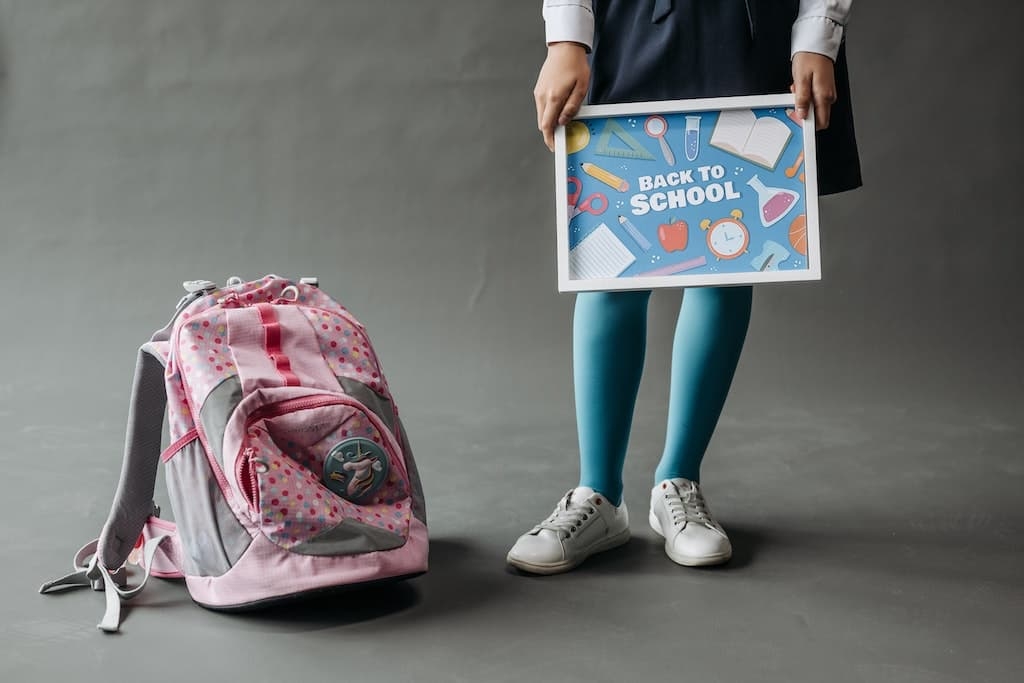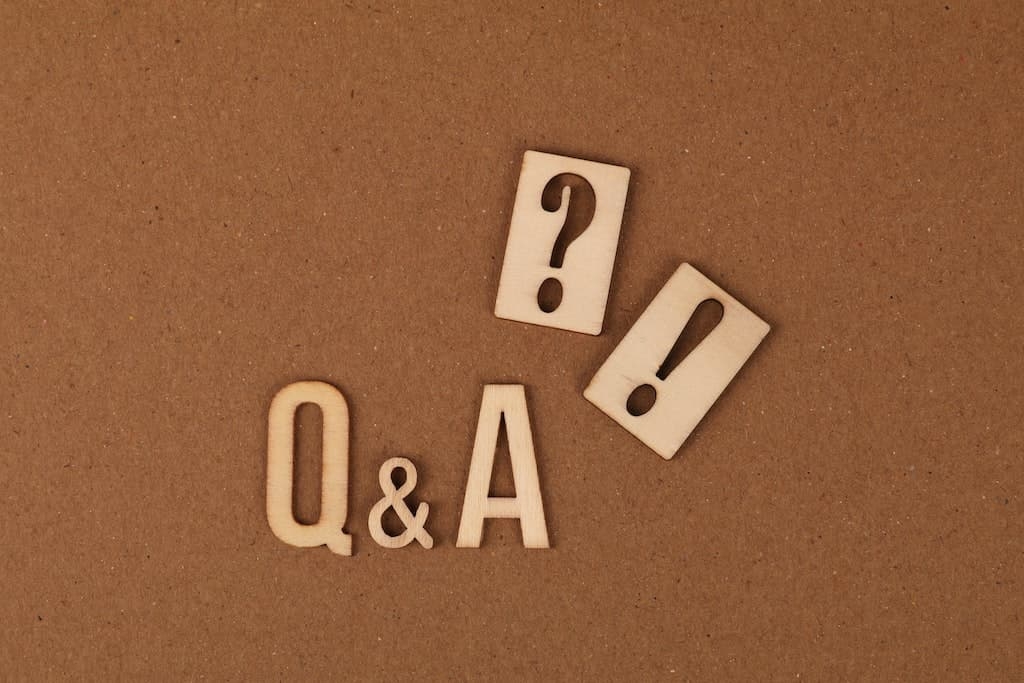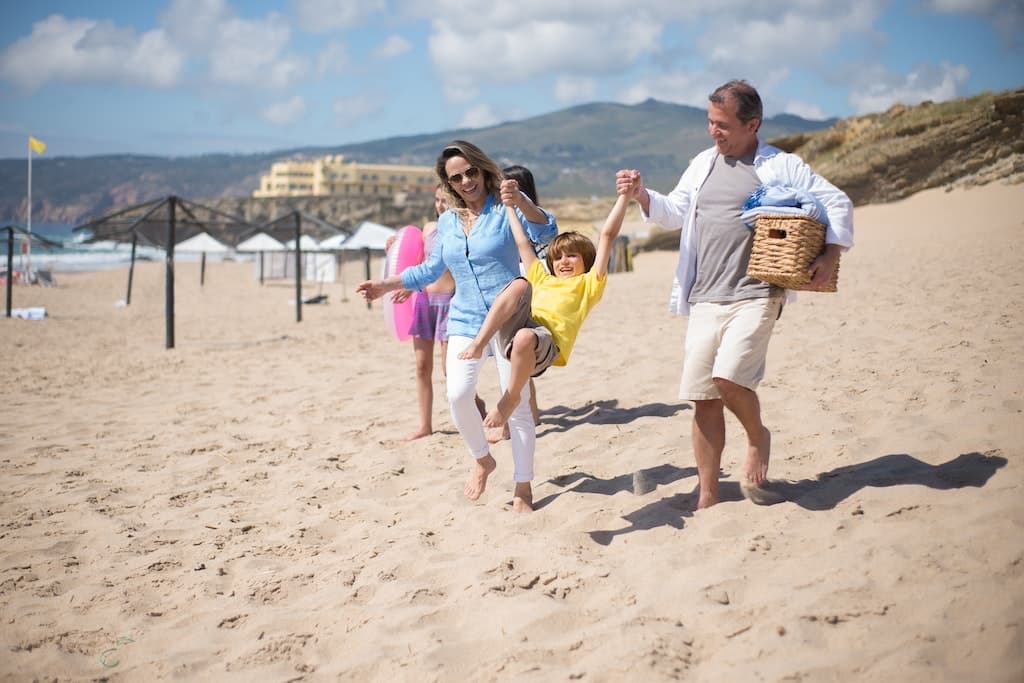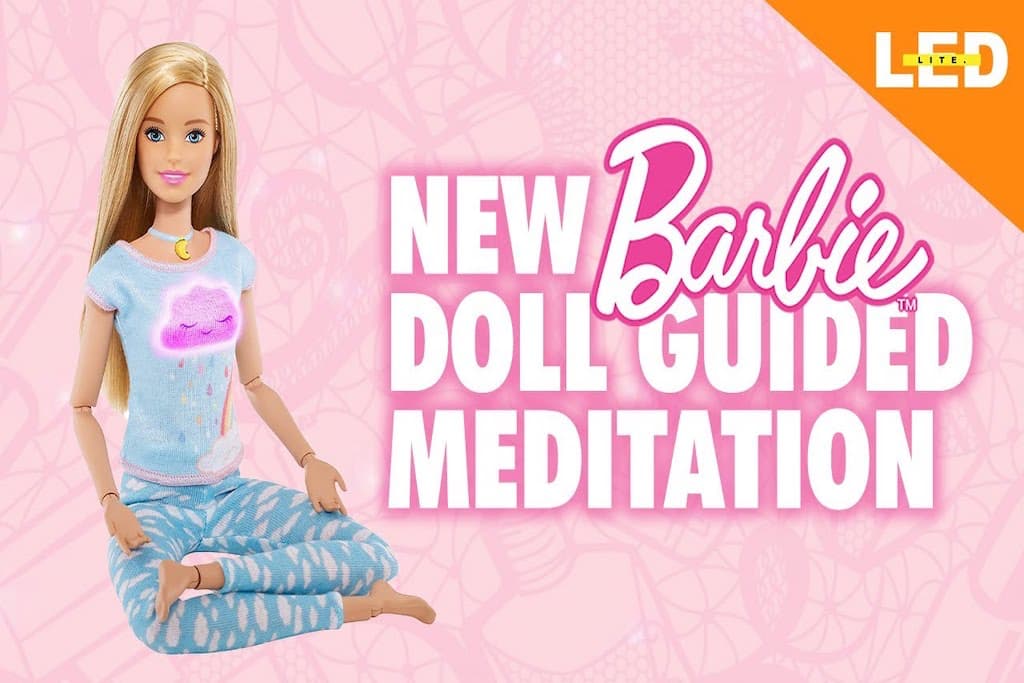Press PLAY to listen to this post.
Let’s talk Barbie. I had one Barbie growing up. My mother made her clothes to match mine. I didn’t play with her other than to change her clothes. I preferred puzzles, blocks, bikes and sports.
My daughter had a handful of Barbies - none of which she played with, only admired. I was not a fan of “perfect” Barbie. I didn’t think she was good for girls’ self-esteem. Perhaps unfair of me, I judged her looks vs. her accomplishments. She is a doctor, writer and president amongst many other occupations, and of course, fashionable and fun! Good balance, right?!
My niece asked for Barbie Breathe with Me Meditation Doll, with 5 Lights & Guided Meditation Exercises, a Puppy and 4 Emoji Accessories — and I bought it for her. I was impressed Barbie was doing yoga and meditating. Later, I was appalled when there was controversy about this doll: 'Satan Is After the Children'—Christian Influencer Says 'Yoga Barbie' Can Lead to Demonic Possession.
Now, there’s the Barbie movie which I saw with my 21 year old daughter yesterday. I must say: RUN, don’t walk to see it because it’s LOL funny — and meaningful. Amongst many memorable moments, my favorites are two times where Barbie pauses and looks inside herself.
The first time, Barbie looks inward is when she’s trying to determine her next action. What she she will do to solve her problem (no spoiler here). She closed her eyes, sitting up tall and seeks answers within. Then, she knows what to do. I loved this because it happened so quickly, but it created clarity for her next step.
The second time, she’s face down on the floor feeling hopeless! This one lasted a bit longer; she truly felt her despair. Then, she has an idea in collaboration with the other Babies, including Weird Barbie, and a plan is created to solve their problem. I loved this moment too because even when we think there’s no hope, something changes in the stillness.
Like Barbie, you can practice yoga and meditation too. The science supports you. I’ll show you how every step of the way.

We’re wired to worry about the well-being of our kids, but is it helpful? Not really. Kids learn anxiety from those in their environment so managing your own stress is the best way to keep your child from picking up on your anxiety. And from creating their own.
Here are some ways to do that:
1. Name it to tame it. Notice discomfort and where you feel it in your body. Physiological signs include heart beating faster, a stomach ache and shortness of breath. Acknowledge what you feel and where you feel it - out loud. Then, challenge yourself to name the feeling underneath it like: I’m scared because…
2. Feel it to free it. Move through the feelings instead of trying to suppress or ignore them. This is critical to letting energy pass because nothing lasts forever. Go to the bottom of the feeling. Play the “what if” game for multiple possibilities. Fact check your feelings. How likely are my worries to actually happen?
3. See it to be it. What is the best thing that can happen? Shift the mindset to the best possible outcomes. Experience it as if it’s already happening. Visualize it. Have a mantra like: “I do hard things” or “I ask for help when I need it” Focus on what you want and the courage to get it.
Mindfulness shifts attention to the present moment. So try this!
4. Belly breathing: Put one hand on your belly and one hand on your heart. Slowly breathe in from your belly (expanding it like a balloon) then slowly breathe out (deflate it).
5. Muscle squeezing: Starting at your toes, pick one muscle and squeeze it tightly. Count to five, release, and notice how your body changes. Repeat the exercise moving up your body.
With these skills back to school jitters will flutter away. Come to class or get trained for more healthy tips!

Growing up is hard to do. With social media, gun violence, lingering pandemic effects and climate crisis, more children are struggling with everyday pressures than ever before.
"The challenges today's generation of young people face are unprecedented and uniquely hard to navigate," Dr. Vivek H. Murthy said in his 2021 warning, calling it both a moral and medical obligation to respond and provide resources for children and families.
We’re in a crisis of care with a record number of kids needing access to mental health professionals. Here are their answers to five top questions about the youth mental health crisis.
1. What’s driving the mental health crisis? A “melting pot” of different factors has been building for years, and was exacerbated by the coronavirus pandemic. Add racism and discrimination, adverse childhood experiences, community and gun violence, and worries about climate change and the opioid epidemic, it's a lot of ongoing stress for a lot of kids.
2. What are the solutions? The most promising solutions are to start building mental health resilience from a young age -- in primary schools, pediatricians' offices and within families. Universal programs that include social-emotional education as part of the curriculum and making sure the school is a safe, supportive place for kids.
3. What role does social media play? A big one. There’s a lot to it like comparison and doom scrolling, but put simply: "The way teenagers cope is with video games, surfing the internet, going online, and increased screen time has been linked to social isolation and depression,” Dr. Patricia Ibeziako, a psychiatrist at Boston Children's Hospital, said. "So their coping mechanism is making them worse.”
4. What role do celebrities play? Raising awareness to mental health and reducing stigma. This calls for authentic and courageous leadership. They can change the culture to build mental health literacy and trust.
5. What do parents do if they are worried? Talk and listen to your kids and monitor their behavior. Keep an open dialogue and consult your pediatrician if you are not sure how to handle a situation. Practice and teach them healthy coping strategies to manage stress.
Yoga to the rescue — because the High 5 Habits of mindfulness, meditation, movement, mantras and mindset magic works! I’ll show you how. There’s no better way to build confidence and resilience than on your yoga mat.

Press PLAY to listen to this post.
Summer vacations are all about good vibes, right? Well, hopefully, but they often bring unpredictability and challenges. Here’s how practicing 1-minute of mindfulness can help you manage the unexpected.
Manage your expectations and reality. Often, we set ourselves up for failure — especially when an experience does’t happen the way planned. Tuning into reality fast will help you adapt.
Mindfulness helps us manage irritations because it brings the present moment to focus. Tension creates problem-solving opportunities. Showing up with compassion is extremely helpful when dealing with family members.
Here are five 1-minute practices to help you get started:
1. Focus on your breath to calm your automatic responses to tension. Dropping the sarcasm and edge in your tone of voice takes practice — so breathe in and breathe out — before you speak.
2. Start your day (and end your day) with a self-hug and an audible, “I love you” says Dr. Shauna Shapiro in her book, Good Morning, I Love You. This cultivates self-love and it just feels good once you get the hang of it.
3. Let it RAIN - Tara Brach created the acronym, RAIN, which cycles through, recognize, allow, investigate, and nurture the moment you are experiencing.
4. Sleep tight with a body scan to help you feel grounded and ready for a good night’s rest.
5. Call it woo-woo, or call it effective, because the Loving Kindness meditation can be beneficial in stressful or anxious times. It begins with repeating this phrase:
May I be happy
May I be healthy
May I be loving kindness and peace
Research shows these meditations change the perception of positive experiences — so you can remember the good stuff and leave the bad bits behind. Happy travels!

